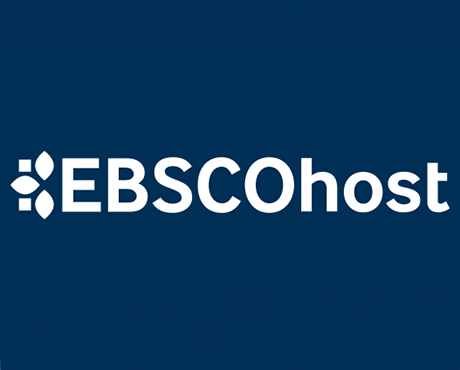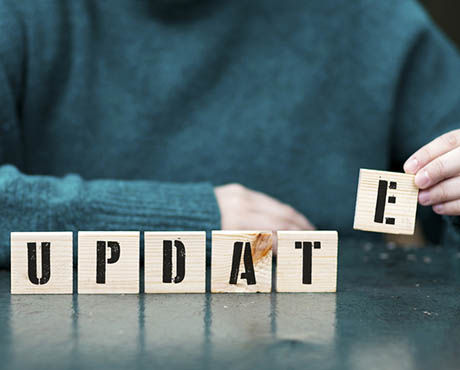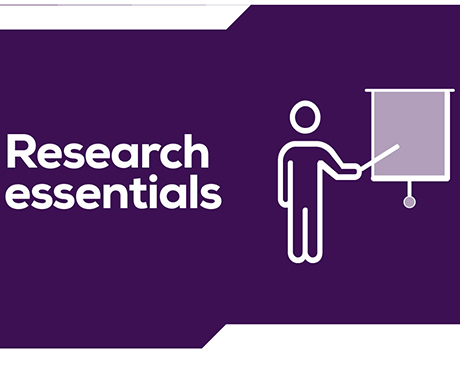
Have you visited Viva Engage yet?
News 11 JuneViva Engage is here. Access it easily via Microsoft Teams.
31 May 2023
Share
Turnitin has integrated an artificial intelligence (AI) writing detection tool which helps identify written submissions that may have been generated by AI. Read more about how to be mindful of the risk of false positives.
Turnitin has a new AI writing detection tool that helps flag text that may have been generated by AI. It appears as a percentage in an AI indication button and is not visible to students. Since the implementation of the tool, Turnitin has emphasised that the percentage shown in the AI writing detection indicator and AI writing report should be used with caution. The tool does not of itself indicate academic misconduct and further review of the submission should be undertaken.
The Turnitin tool provides an overall percentage that represents the proportion of the work that the tool is confident was written by generative AI (with 98 per cent confidence). It also highlights the text that it believes was AI generated. This is separate from the text matching for the Similarity report. More information about using the tool is available in LEO guides under ‘Detection indicator’.
Turnitin recently provided the following update:
“Our testing has found that there is a higher incidence of false positives when the percentage is between 1 and 20. In order to reduce the likelihood of misinterpretation, the AI indicator will display an asterisk (*) for percentages between 1 and 20 to call attention to the fact that the score is less reliable."
This tool may be useful as an initial flag to indicate that generative AI may have been used. However, due to the risks of false positives, it should not be used as the sole evidence to forward an allegation of potential academic misconduct. Also note that there are false negatives, so a low percentage does not necessarily mean that there is no AI generated text.
Under ACU’s Student Academic Integrity and Misconduct Policy, unauthorised use of generative AI in work submitted for assessment is a form of academic misconduct. Due to the risk of false positives and negatives, this tool should be used in conjunction with other features of the submitted work that may indicate unauthorised use of AI, including:
For a more comprehensive list of suspicious features, please view the Academic Integrity FAQs on the CEI webpage.
If you see work that Turnitin flags as being AI generated, always look for other features that may indicate AI has been used. We advise that extreme caution is used when the percentage indicator is less than 20 per cent, and that cases are only referred where there is very strong independent evidence that the work is not the student’s own.
• LEO guides have been updated to provide guidance.
• Turnitin have provided an AI writing detection resource and FAQs.
• A recent Staff Bulletin article provided suggestions for assessment design to help mitigate the impact of generative AI tools and summarised assessment design and feedback resources available to staff at ACU.
• Workshops regarding the best use of Turnitin to detect possible academic misconduct will be available in the coming weeks.

Viva Engage is here. Access it easily via Microsoft Teams.

The library is supporting the ACU Historical Children’s Book Collections 2025 Fellowship. It is an opportunity to conduct research on our historical collection of children’s books, located at St Patri...

A new Adjunct and Honorary Titles Policy and Procedure has been approved and is now in effect at ACU.

Teaching staff are encouraged to check their units have been correctly linked to their names for the Student Evaluation of Learning and Teaching (SELT) surveys in upcoming teaching periods.

On 24 June ACU will transition to the new EBSCOhost. This will result in a new look and feel across some of our most popular databases. Learn more about the changes and what action may be required of ...

Include an additional survey item in the Student Evaluation of Learning and Teaching (SELT) survey for units that are offered in ACU Online Term 2 (202536).

Advance your career in teaching and learning with the Graduate Certificate in Higher Education. Enrol by 22 June to get started in Professional Term 5.

ACU has three student modules: the Academic Integrity, Respectful Relationships, and Protecting our Children modules. Semester 1 students must complete their modules by 1 July to access their results ...

The Student News and Events bulletin is sent to all students, nationally, and includes a broad cross-section of news, announcements, events and stories from across the university. The May edition is o...

Please be aware of the following changes to payroll processing dates.

A message from the Chief Operating Officer Patrick Woods.

As part of Student Administration's commitment to service excellence, AskACU will be running on-campus re-enrolment drop-in sessions in July, while CMAS enhancements will improve information available...

Say goodbye to Workplace and hello to Viva Engage. Learn about our new community structure and all-staff community.

An update from the Executive Dean of Law and Business Professor Andrew O'Neil.

A reminder to all academic staff that the mandatory Notice of Intent, for those intending to apply for promotion in the 2025 round, must be submitted by 11.59pm this Friday (30 May).

Expect a few email notifications as we prepare to welcome you to Viva Engage next week.

Include an additional survey item in the Student Evaluation of Learning and Teaching (SELT) survey for units that are offered in Professional Term 4 (202547).

Register for these 15-minute sessions to learn more about the variety of online researcher profile platforms and what is involved in setting up, linking and updating your profile.

ACU is developing a new Education and Student Success Plan to ensure our university continues to provide a high-quality, student-centred learning experience. Find out how you can contribute to the pla...

Lecturers-in-charge can make a direct determination of Poor Academic Practice (PAP) for students who engage in minor forms of academic misconduct. Learn why they can be valuable to staff and students.
Visit Service Central to access Corporate Services.